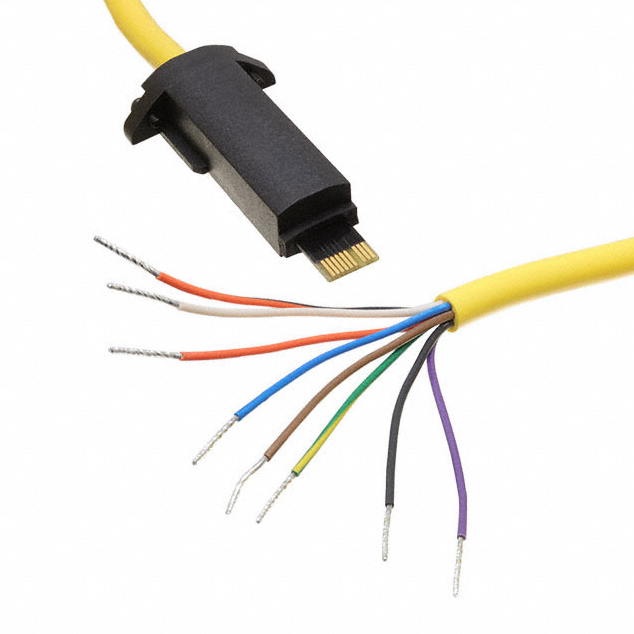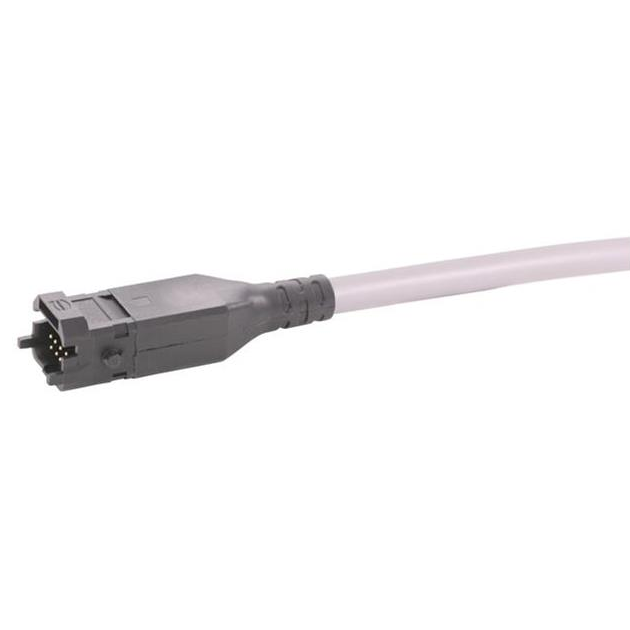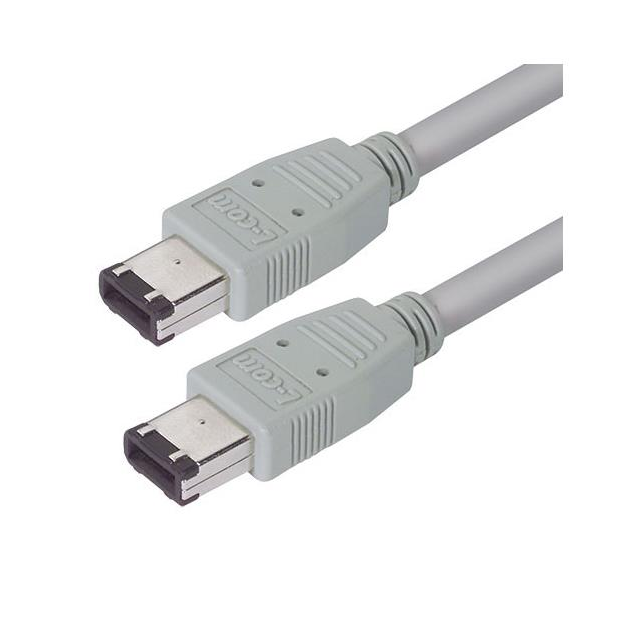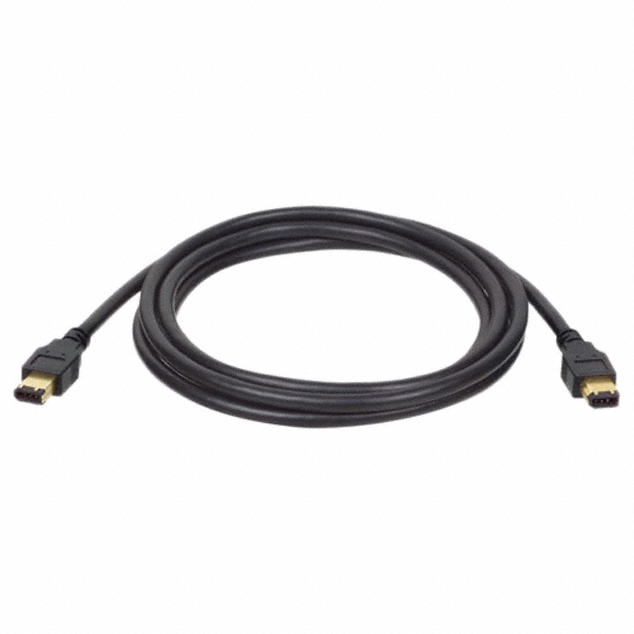Keeping progressing, Pursuing integrity, Embracing future
When using cables in special environments, special attention should be paid to the following points to ensure signal stability and equipment safety:
1. Waterproof and moisture-proof
Environment: Outdoor, humid or watery environments (such as bathrooms, basements, outdoors, etc.).
Attention: Choose waterproof and moisture-proof connecting wires, such as wires with IP protection level, or use specialized waterproof connectors and protective covers. Avoid exposing the connecting wires to water or moisture for a long time to prevent short circuits and signal distortion.
2. UV resistance
Environment: Outdoor or sun exposed environment.
Caution: Ultraviolet (UV) radiation can accelerate the aging of the outer layer of the connecting wire, causing the rubber or plastic outer skin to become brittle and crack. You should choose wires with UV resistance or use UV protective covers.
3. Resistance to high and low temperatures
Environment: High or low temperature environment (such as high-temperature workshops, cold regions, industrial equipment surroundings, etc.).
Caution: High temperature may cause the insulation material of the connecting wire to soften or melt, while low temperature may make the wire brittle. Choose special wires that are resistant to high temperatures (such as above 150C) and low temperatures (such as below -40C) to ensure that they can still function properly at extreme temperatures.
4. Fire safety
Environment: Environments with significant fire hazards (such as industrial areas, laboratories, warehouses, etc.).
Attention: Use connection wires that meet fire safety standards and choose flame-retardant or non combustible wires to avoid fires caused by overheating or short circuits. Especially in high temperature and high pressure environments, avoid using inferior wires.
5. Anti electromagnetic interference (EMI)
Environment: An environment with dense electrical equipment and strong radio frequency interference (such as data centers, medical equipment areas, large electronic equipment factories, etc.).
Attention: Choose high shielding cables (such as metal shielded audio and video cables or fiber optic cables) to avoid electromagnetic interference affecting signal quality, especially in applications that require high signal integrity.
6. Resistance to mechanical pressure and wear
Environment: Wires in the work environment may be subjected to pulling, compression, or wear and tear (such as factories, vehicles, construction sites, etc.).
Attention: Use industrial grade connecting wires with wear-resistant and stretch resistant designs, and use steel wire braided protective layers or reinforced joints to reduce damage caused by mechanical pressure.
7. Anti static
Environment: An environment with dense electronic devices and easy accumulation of static electricity (such as electronic laboratories, precision manufacturing factories, etc.).
Caution: Use anti-static connection wires in this environment and take appropriate anti-static measures (such as grounding wires, conductive materials, etc.) to prevent static electricity from interfering with or damaging equipment and signals.
8. Corrosion resistance
Environment: An environment with a high concentration of chemicals, salt spray, or corrosive gases (such as beaches, chemical factories, etc.).
Attention: Choose corrosion-resistant materials (such as gold-plated joints, stainless steel shells) and sealed connection wires to prevent corrosion from affecting the wires and signals.
9. High pressure environment
Environment: Surrounding electrical facilities or other high-voltage electrical equipment.
Caution: Ensure to use insulated connection wires that meet high voltage standards to avoid electric shock or equipment damage caused by high voltage currents.
10. Adapt to special physical environments
Environment: Environment with high vibration (such as machinery and equipment, transportation vehicles, etc.).
Attention: Use anti vibration wires to ensure that the connecting wires have sufficient elasticity and durability to withstand physical impacts or vibrations, reducing poor contact caused by vibration.
Inquiry
LATEST BLOGS
INQUIRY
RELATED PRODUCTS
 What is wire harness shieldingRCD has over a decade of experience in the assembly of cables and connectors required for outdoor harsh environment equipment.
What is wire harness shieldingRCD has over a decade of experience in the assembly of cables and connectors required for outdoor harsh environment equipment. What is the role of wiring harness in the automotive industryRCD has over a decade of experience in the assembly of cables and connectors required for outdoor harsh environment equipment.
What is the role of wiring harness in the automotive industryRCD has over a decade of experience in the assembly of cables and connectors required for outdoor harsh environment equipment. How to evaluate the lifespan of wiring harnessesRCD has over a decade of experience in the assembly of cables and connectors required for outdoor harsh environment equipment.
How to evaluate the lifespan of wiring harnessesRCD has over a decade of experience in the assembly of cables and connectors required for outdoor harsh environment equipment.




